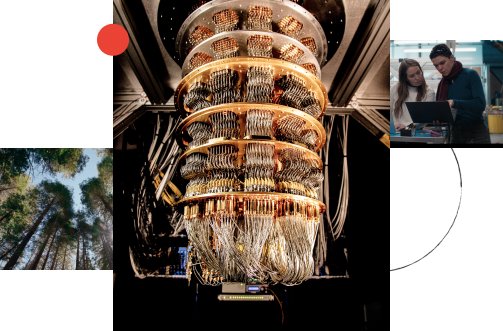Study of Arterials in the City of Rio de Janeiro for Traffic Coordination
Abstract
Urban traffic congestion is a growing challenge, and optimizing signal timing strategies is crucial for improving traffic flow and reducing emissions. The coordination of signalized intersections improves both traffic operations and environmental aspects. Coordination is particularly important along arterials, sequences of signalized intersections that serve as the primary routes and carry a high volume of traffic. In this paper we analyze real data from the city of Rio de Janeiro to study properties of arterials. We refer to their length, the distance between intersections and to the properties of the traffic light plans such as cycle time. We then study their in practice level of coordination in terms of number of stops and their common locations along the arterials. We dive into particular arterials and provide insights that can be useful for efficient design of arterials in additional cities. Based on the analysis, we show how simple traffic properties can indicate the potential upon coordinating two adjacent intersections as part of an arterial in improving traffic performance.
